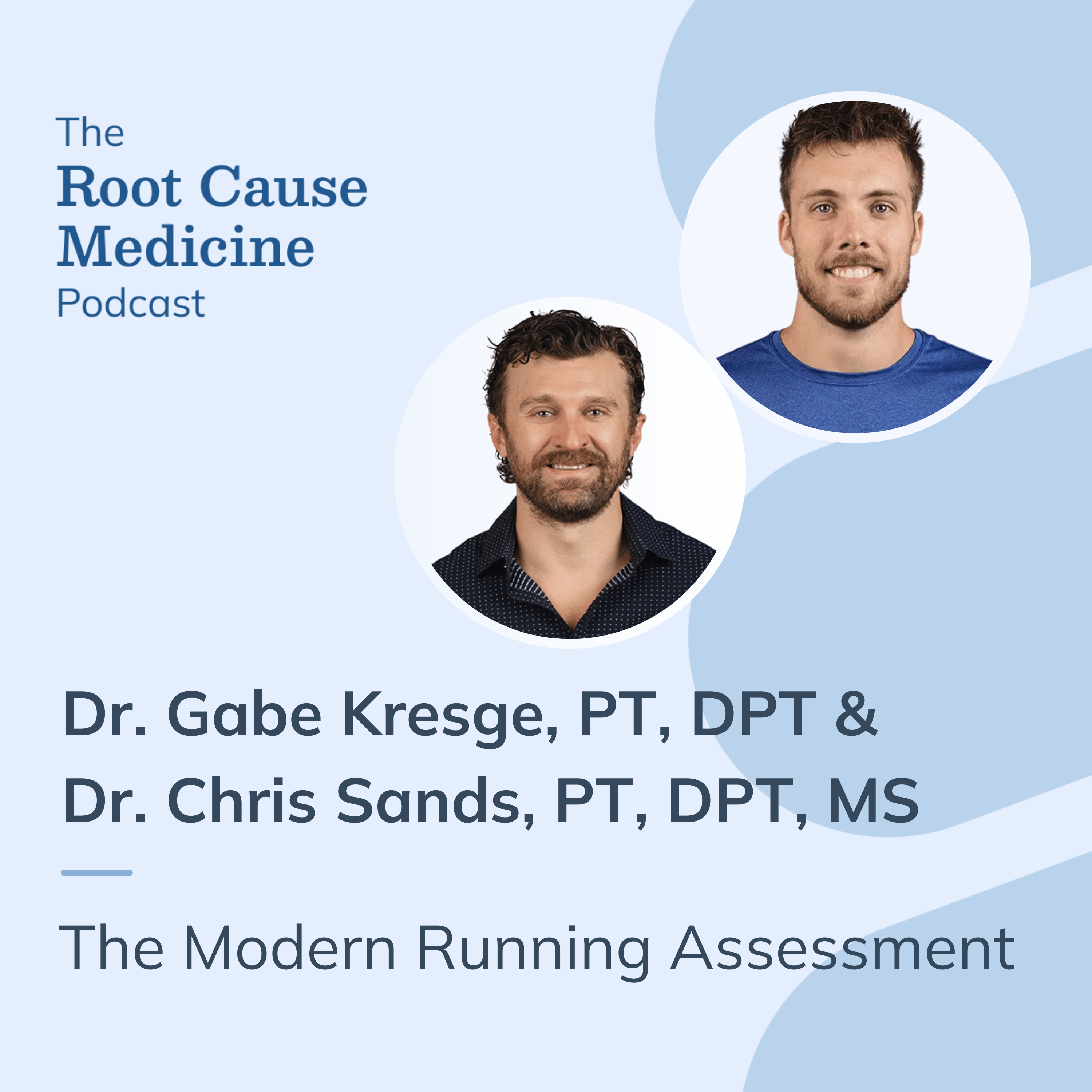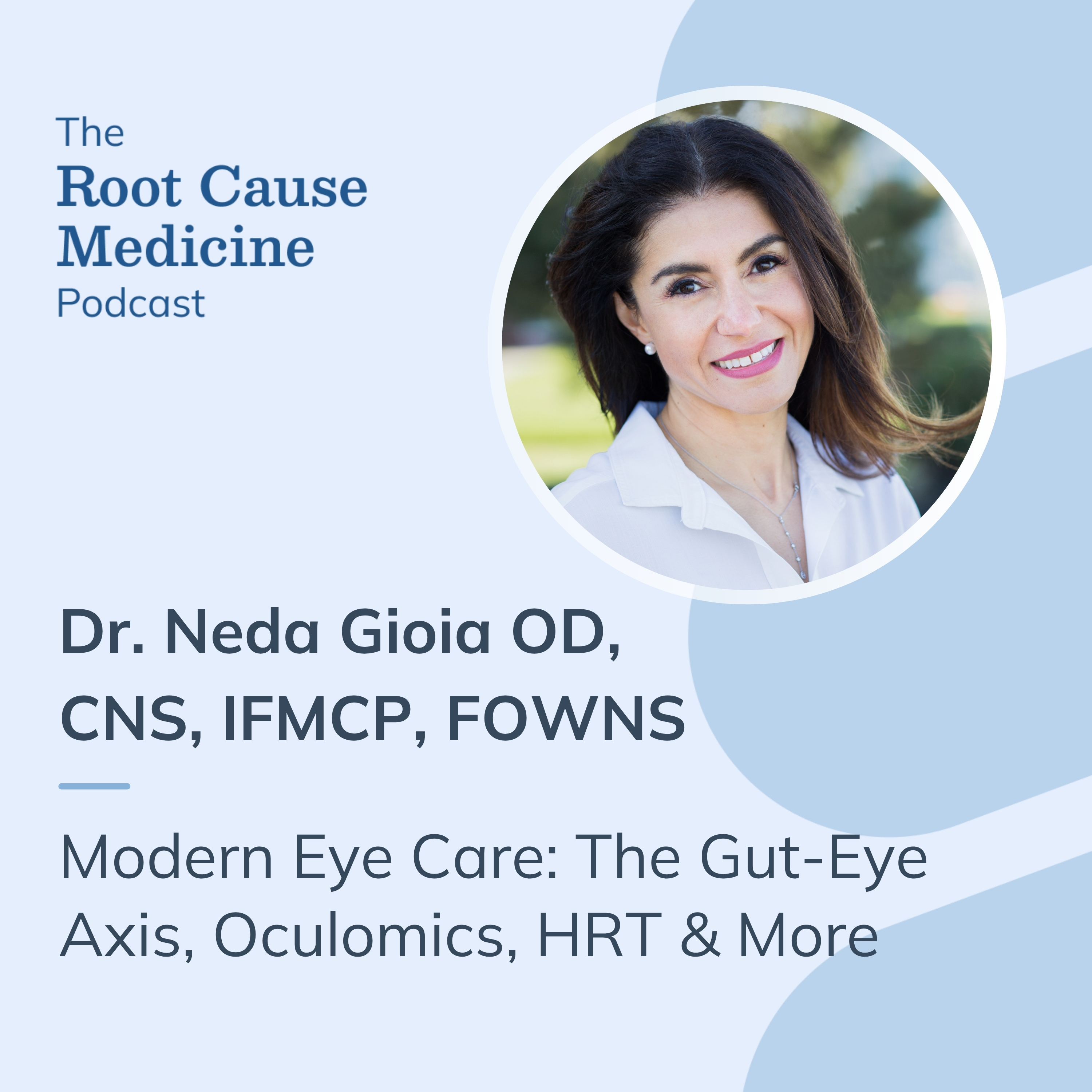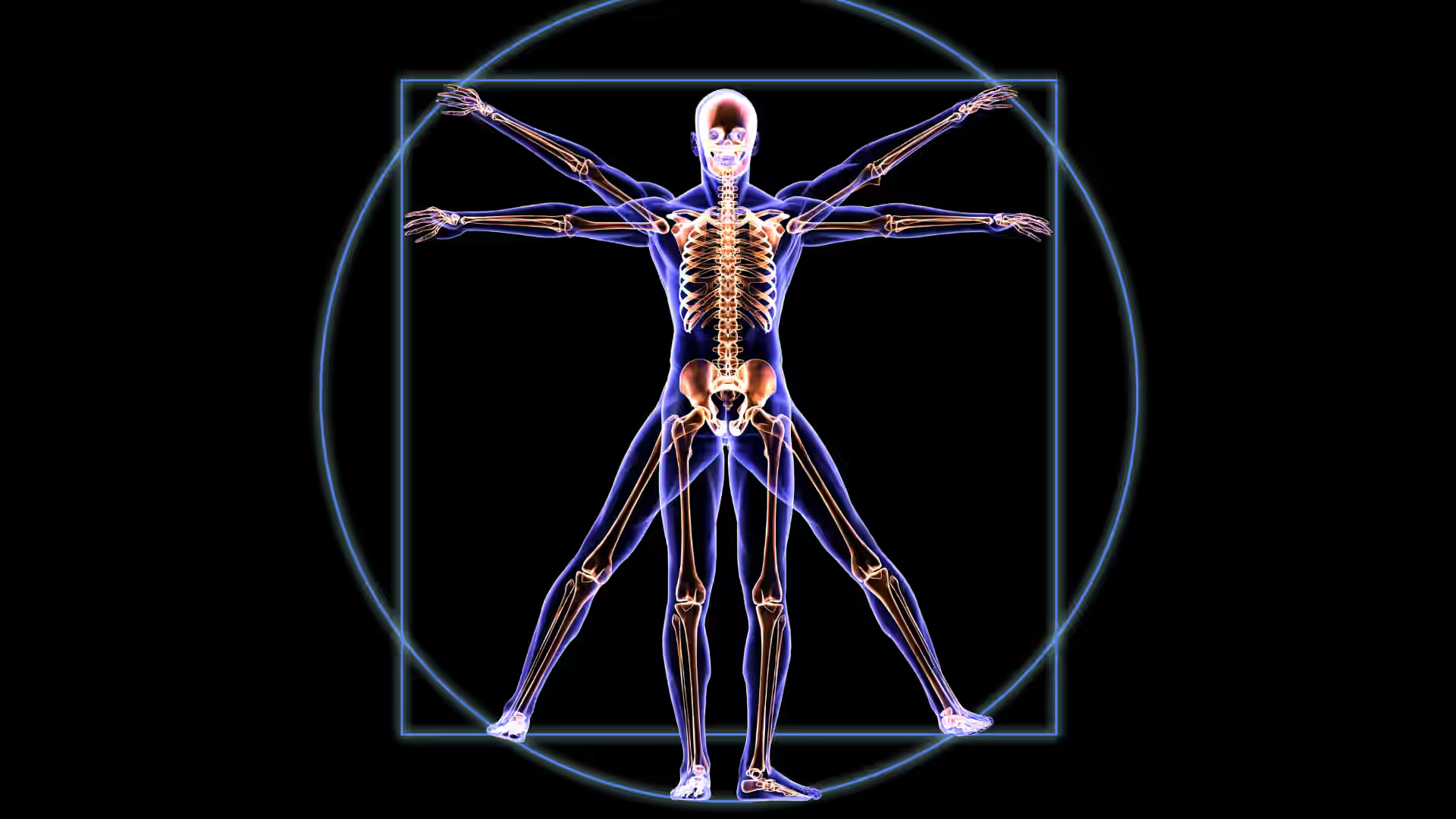Hernias are common: the global prevalence increased by 36% from 1990 to 2019, reaching a total of 32.5 million diagnosed cases. While they may be easy to dismiss in their early stages, untreated hernias can progress to become painful or cause other serious complications, requiring careful management, evaluation, and early intervention.
This article provides an overview of the types of hernias so you know what steps to take to prevent their occurrence and when to act if symptoms appear.
[signup]
What Is a Hernia?
A hernia occurs when an internal organ or tissue pushes through a weakness in the surrounding muscle or connective tissue. This often occurs in the abdomen or groin and can cause a visible bulge. While most hernias aren't serious, they can worsen over time, and most will require surgical repair.
Types of Hernias
Hernias are named based on the location in which they occur. Specific types of hernias include:
Inguinal Hernia
Inguinal hernias occur when abdominal tissue, such as belly fat or a loop of intestine, bulges through the abdominal wall and into the inguinal canal. This canal is located in the lower abdomen, right where the belly meets the upper thigh—what we usually call the groin.
Inguinal hernias are the most common type of hernia, accounting for three-quarters of all abdominal wall hernias. They also mainly affect men.
Femoral Hernia
A femoral hernia is a type of inguinal hernia that forms in a tight space called the femoral canal. Unlike an inguinal hernia, which appears above the groin crease, a femoral hernia sits deeper within the groin and, therefore, can be harder to detect.
Femoral hernias are more common in females and with age. They also carry a higher risk of complications than other inguinal hernias.
Ventral Hernia
A ventral hernia is a bulge of abdominal tissue through the front abdominal wall muscles. They may appear in different places on the abdominal wall.
For example, an epigastric hernia appears in the upper portion of the abdomen (called the epigastrium), between the breastbone and belly button.
Umbilical Hernia
Another type of ventral hernia is an umbilical hernia. It occurs when tissue pushes through a weak spot in the abdominal tissues near the belly button.
Umbilical hernias are the second most common type of hernia. They account for up to 6-14% of abdominal wall hernias in adults and 10-15% of infants. Umbilical hernias often resolve spontaneously in infants between 2 and 5 years old.
Incisional Hernia
Incisional hernias are a third type of ventral hernia. These hernias occur when abdominal contents push through a weakened area in the abdominal wall at the site of a previous surgical incision.
Incisional hernias are a common complication after abdominal surgery, particularly when incisions are made along the midline, and occur when the abdominal wall fails to heal and close properly. The incisional hernia rate following laparoscopic surgery is 15-20%.
Diaphragmatic Hernia
Diaphragmatic hernias occur when abdominal contents push through a weakened defect of the diaphragm (the muscle that separates the chest and abdominal cavities and plays a major role in breathing) into the chest cavity.
Diaphragmatic hernias are rare. Most are secondary to trauma; however, 0.8 to 5 out of every 10,000 babies are born with a congenital diaphragmatic hernia (CDH) caused by failure of the diaphragm to close during fetal development.
Hiatal Hernia
A hiatal hernia occurs when the upper part of the stomach pushes up through the diaphragm and into the chest cavity.
While up to 60% of people over age 50 have a hiatal hernia, only about 9% experience symptoms. When symptoms do occur, they are usually related to acid reflux, since the hernia can weaken the junction between the esophagus and stomach, allowing stomach acid to move upward into the esophagus.
Sports Hernia (Athletic Pubalgia)
"Sports hernia" is a misnomer—it's not a hernia at all. This injury (also called athletic pubalgia or Gilmore's groin) is a strain or tear of muscles, ligaments, or tendons in the lower abdomen or groin. It commonly affects athletes in sports that involve sudden twisting or turning movements, like soccer and hockey. The injury causes chronic groin pain but lacks a visible bulge.
Causes and Risk Factors
A hernia occurs when a weakness or opening in a muscle or connective tissue allows another tissue to push through.
Hernias can be congenital (present at birth). Babies may be more likely to be born with a hernia if they:
- Are born prematurely
- Have cystic fibrosis
- Have a connective tissue disorder
- Have congenital hip dysplasia
- Have undescended testicles
- Have other problems in the reproductive or urinary systems
Most hernias, however, are acquired (develop at some point during a lifetime). Risk factors for acquired hernias include:
- Aging
- Jobs that involve heavy lifting or standing for long hours
- Chronic coughing or sneezing
- Chronic constipation
- Abdominal or pelvic surgery
- Pregnancy
- Obesity
Signs and Symptoms
Signs and symptoms of a hernia may include:
- Visible or palpable bulge in the abdomen, groin, or upper thigh
- Pressure, pulling sensation, or pain (burning, aching, or sharp) at the hernia site, especially when bending, lifting, coughing, straining, or laughing
- Swelling that may reduce or disappear when lying down
- Heartburn
- Constipation
- Difficulty breathing
Emergency Symptoms
The most common complication associated with a hernia occurs if a hernia gets incarcerated, meaning it gets trapped and can't be pushed back into place. This can cause increasing pain and may lead to a bowel obstruction, preventing the passage of food, feces, and gas through the intestines.
If the trapped tissue becomes strangulated (loses its blood supply), it can result in tissue death (necrosis), which is life-threatening and requires emergency surgery.
CDHs are always complicated because they disrupt the normal development and function of organs, especially the heart and lungs, in infants. Infants born with CDH always need critical care to stabilize and monitor their condition.
"Red flag" symptoms that may indicate hernia complications include:
- Sudden, severe pain at the hernia site
- A bulge that becomes hard, tender, or discolored
- Persistent nausea or vomiting
- Inability to pass gas or have a bowel movement
- Fever or chills
- The hernia cannot be pushed back in manually
- Difficulty swallowing
- Difficulty breathing or a bluish skin tone
Diagnosis
Hernias are primarily diagnosed through clinical evaluation, which is often sufficient when history and physical exam findings indicate the presence of a hernia. During the physical examination, the clinician looks for a visible bulge or palpable mass when the patient is lying, standing, and straining (e.g., coughing or performing a Valsalva maneuver).
Imaging is required in cases where the clinical examination is inconclusive or when typical symptoms are present without physical findings. This is particularly relevant for diagnosing occult hernias or differentiating hernias from other conditions such as lymphadenopathy (enlarged lymph nodes), soft-tissue tumors, or abscesses.
Ultrasonography is often the first imaging modality used due to its cost-effectiveness and lack of radiation exposure, although its accuracy is operator-dependent. Computed tomography (CT) and magnetic resonance imaging (MRI) are alternatives, with MRI providing the highest sensitivity and specificity.
Barium swallow X-rays and upper endoscopy are the preferred diagnostic methods for identifying and grading hiatal hernias.
Treatment Options
With the exception of umbilical hernias in babies, hernias do not resolve on their own, and most require surgical repair at some point. If you have a small hernia that doesn't bother you, your doctor may recommend postponing surgery and taking a watchful waiting approach to regularly monitor the hernia and see if it gets worse.
Surgical Approaches
When surgical repair is recommended, there are different approaches to do so:
- Open Surgery: A surgeon makes a single cut near the hernia site to access the affected area. They will move the herniated tissue back into its proper position and repair the weakened muscle wall.
- Laparoscopic Surgery: A surgeon will make several small cuts and insert a laparoscope (a thin tube with a camera) and specialized instruments into the openings to view and repair the hernia from inside the abdomen.
- Robotic Repair Surgery: In this type of laparoscopic surgery, a surgeon controls a robotic surgical system that holds and manipulates surgical tools with enhanced precision and flexibility.
Advanced Techniques
The component separation technique (CST) is a surgical method used to repair large or complex ventral hernias by helping close the abdominal wall without putting too much tension on the tissue. There are two main types of this technique:
- Anterior Component Separation (ACS): In this method, the outermost abdominal muscle (the external oblique) is cut and moved to make room for the central muscles (the rectus abdominis) to come together. Because this involves a lot of tissue dissection, it may carry a higher risk of wound complications.
- Posterior Component Separation (PCS): This newer approach involves releasing deeper abdominal muscles and creating space behind the rectus muscles for mesh placement. PCS is often preferred when possible, due to lower risks and better outcomes in many patients.
SCOLA (SubCutaneous OnLay Endoscopic Approach) is a minimally invasive surgical technique used to repair small midline ventral hernias and diastasis recti (a separation of the abdominal muscles) simultaneously with minimal trauma to surrounding tissues. During the procedure:
- The surgeon works just beneath the skin, from the lower abdomen (near the pubic area) up to the chest (xiphoid process), and out to the sides.
- The hernia is pushed back into place, and the separated abdominal muscles are stitched together using a continuous suture.
- A mesh is placed over the repaired area to reinforce the abdominal wall, and small drains are added to reduce the risk of fluid buildup.
The extended-view totally extraperitoneal (eTEP) technique is a minimally invasive surgical method for inguinal and complex abdominal wall hernias. It creates a larger working space between the abdominal wall muscles, allowing the surgeon to see and repair the hernia clearly without entering the abdominal cavity. A mesh is placed behind the muscles to strengthen the area, which helps avoid complications that can occur when working inside the abdomen. eTEP is safe and effective, with less pain, faster recovery, and lower recurrence rates than open surgical repairs.
Surgical Mesh
Surgical mesh is a medical device used in hernia repair to provide added support to weakened or damaged tissue to reduce the risk of recurrence. Research shows that repairs involving mesh are generally more durable, and in many cases, the use of mesh can also shorten operative time and recovery.
Despite its benefits, mesh can carry risks. The material can migrate or shrink, increasing the risk of surgical complications like:
- Pain
- Infection
- Scar tissue formation
- Intestinal obstruction
- Bleeding
- Abnormal connection between organs, vessels, or intestines
- Fluid build-up
- Hole formation in neighboring tissues
Recovery and Rehabilitation
Recovery times after hernia repair will vary depending on the surgical approach and the complexity of the hernia. Most people, however, are encouraged to resume work and activities of daily living one day after surgery. Patients should avoid heavy lifting for 2-3 weeks after surgery until cleared by their surgeon.
Over-the-counter oral medications are usually sufficient for managing pain in the first few days after surgery, though your doctor may also prescribe a stronger pain reliever if needed.
Prevention Tips
Lifestyle habits that reduce strain on your abdominal muscles can help prevent hernias from forming:
- Maintain a healthy weight
- Eat a high-fiber diet and stay well hydrated to prevent constipation and straining with bowel movements.
- Avoid heavy lifting. Always bend from your knees, not your waist, when lifting heavy objects.
- Work with a physical trainer to develop an exercise plan that strengthens the core and pelvic floor muscles.
- Stop smoking
Special Consideration: Women and Hernias
Unlike in men, hernias in women are often deeper and less visible, which can result in misdiagnosis or the mistaken belief that symptoms stem from gynecological conditions. The nonspecific nature of symptoms (e.g., groin pain without palpable mass) often delays diagnosis and repair.
However, given the higher risk of complications associated with deeper hernias, clinicians need a high index of suspicion when evaluating women for abdominal and pelvic symptoms. Imaging, particularly ultrasound or MRI, is strongly recommended to improve diagnostic accuracy.
[signup]
Key Takeaways
- Hernias are a common and treatable condition, but they should not be overlooked. Early recognition and proper management are essential to avoid serious complications like obstruction or strangulation.
- While men are generally at higher risk for developing hernias, women are more likely to have hernias that are misdiagnosed as gynecological issues, putting them at greater risk for delayed treatment and complications. Healthcare providers need to consider hernia as a potential cause of chronic pelvic or groin pain in women.
- Staying informed about the signs, risk factors, and treatment options empowers patients to make timely, confident decisions. If you suspect a hernia, don't wait—consult a medical professional to ensure the best possible outcome.












%201.svg)






